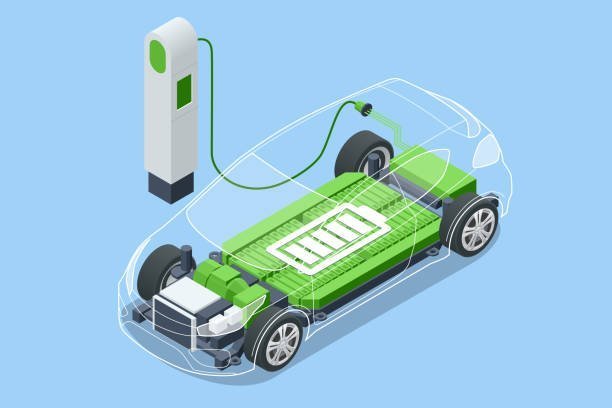Voltage Drop: Microchip Shortage Sends Shockwaves Through EV Industry
Microship shortage in EV industryTable of Contents
In the dynamic landscape of electric vehicles (EVs), a significant disruption has sent shockwaves through the industry: the microchip shortage. This unforeseen challenge has impacted the EV sector, causing delays in production and forcing companies to rethink their strategies. In this comprehensive article, we’ll explore the implications of the microchip shortage on the EV industry, its causes, effects, and potential solutions.
Unpacking the Microchip Shortage
Microchips, the essential components powering the technological advancements in EVs, have become scarce commodities. The global semiconductor shortage, fueled by factors like increased demand, supply chain disruptions, and geopolitical tensions, has created a bottleneck in the production of electric vehicles.
The Impact on EV Production
- Production Delays: The microchip shortage has resulted in significant delays in the production of EVs. Manufacturers are struggling to secure an adequate supply of microchips, leading to disruptions in assembly lines and extended lead times for customers.
- Supply Chain Strain: The complex global supply chain network supporting EV production is under strain. Semiconductor suppliers are unable to keep up with the soaring demand, resulting in shortages that reverberate throughout the manufacturing process.
- Innovation Stifled: The microchip shortage poses challenges to innovation within the EV industry. Research and development initiatives aimed at enhancing vehicle performance and introducing new features are hindered by the scarcity of semiconductors, slowing down progress in the sector.
Strategies for Mitigation
- Supply Chain Optimization: EV manufacturers are optimizing their supply chains to mitigate the impact of semiconductor shortages. Diversifying supplier networks, implementing robust inventory management systems, and prioritizing critical components are key strategies to navigate through the crisis.
- Agile Manufacturing Practices: Flexibility is paramount in overcoming production challenges posed by the microchip shortage. EV manufacturers are adopting agile manufacturing practices, adjusting production schedules, and exploring alternative sourcing strategies to maintain operational continuity.
- Investment in Innovation: Despite the challenges, the EV industry remains committed to innovation. Companies continue to invest in research and development, exploring alternative materials, chip architectures, and manufacturing techniques to address semiconductor shortages and drive progress.
Navigating Towards Solutions
In response to the microchip shortage, the EV industry is mobilizing resources and expertise to find solutions. Collaborative efforts between manufacturers, suppliers, and policymakers are underway to address supply chain vulnerabilities and chart a path forward. From optimizing production processes to investing in domestic semiconductor manufacturing, the industry is actively pursuing strategies to overcome this challenge.
In conclusion, the microchip shortage presents a significant challenge to the electric vehicle industry, disrupting production processes and innovation. However, through strategic adaptation, collaboration, and investment in innovation, the sector remains resilient and committed to overcoming this obstacle and driving forward towards a sustainable and electrified future.
FAQs:
How long is the microchip shortage expected to last?
The duration of the microchip shortage is uncertain, with estimates ranging from several months to potentially years, depending on various factors such as supply chain dynamics and market forces.
How are electric vehicle manufacturers managing production delays caused by the shortage?
EV manufacturers are adjusting production schedules, prioritizing critical functions, and exploring alternative sourcing strategies to mitigate the impact of microchip shortages on production timelines.
Are certain types of electric vehicles more affected by the microchip shortage than others?
While all electric vehicles rely on microchips for various functions, models equipped with advanced features such as autonomous driving capabilities may face greater challenges due to their complex semiconductor requirements.
How does the microchip shortage affect consumer options and pricing for electric vehicles?
Consumers may experience limited availability of certain EV models, longer wait times for delivery, and potential price increases as manufacturers grapple with production constraints and rising costs.
What steps can consumers take to mitigate the impact of the shortage on their electric vehicle purchase?
Consumers are encouraged to stay informed about production updates from manufacturers, consider alternative vehicle options, and communicate with dealerships for personalized assistance and guidance.
